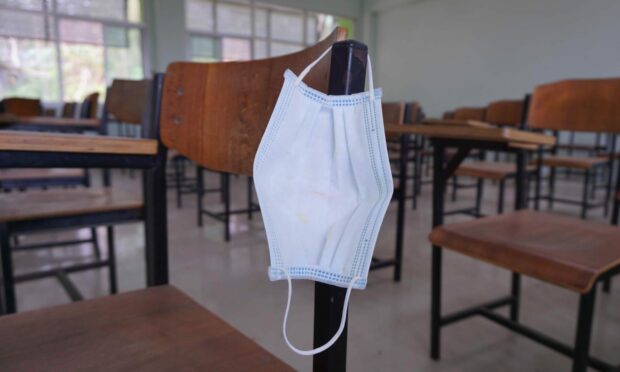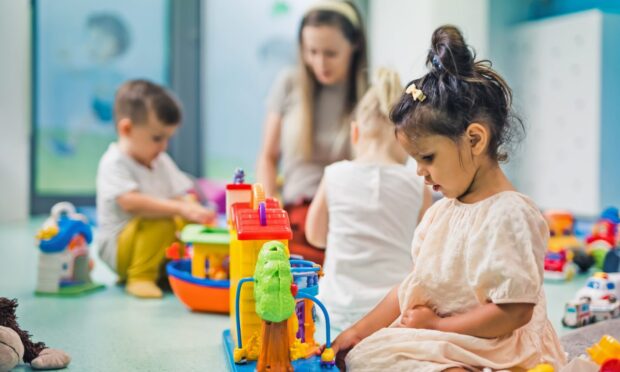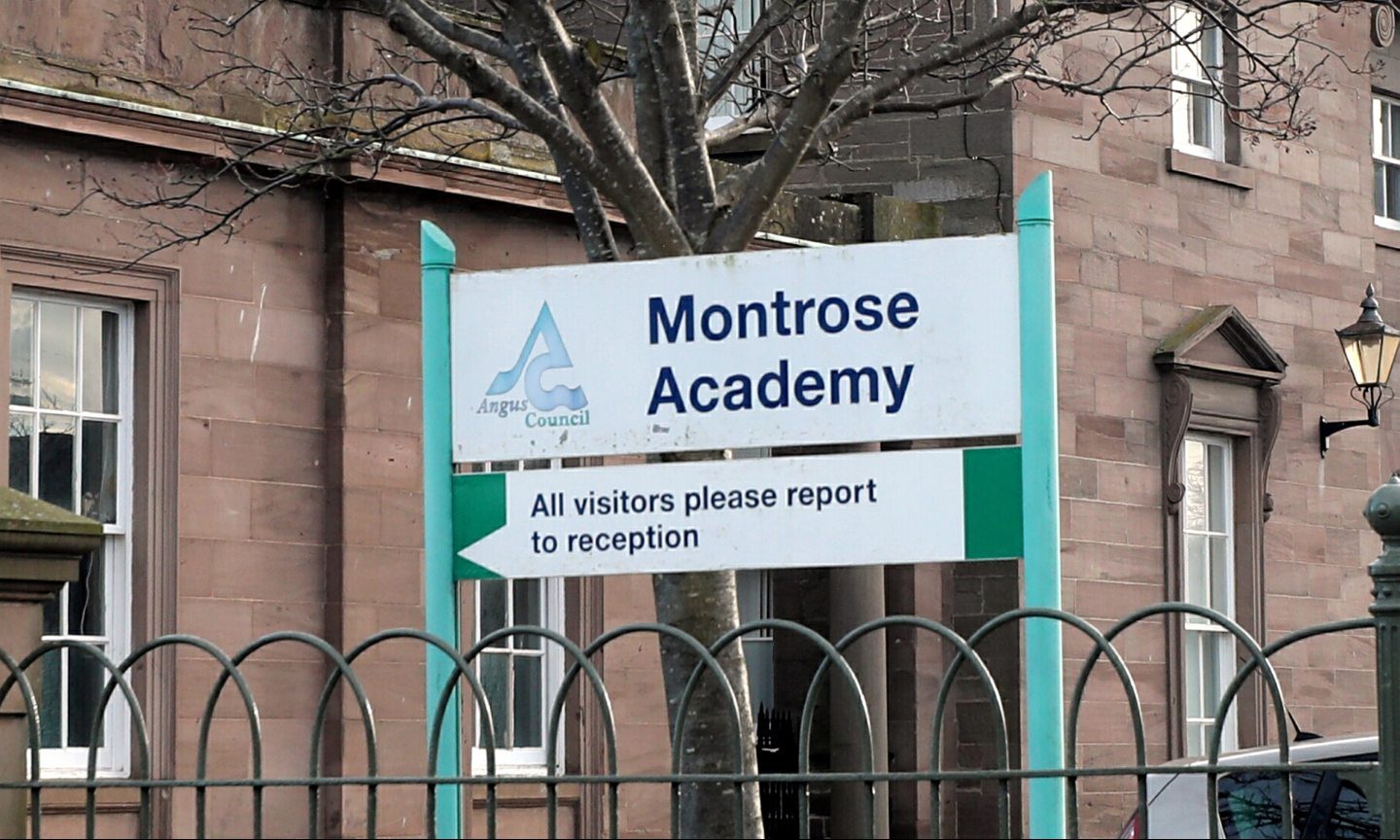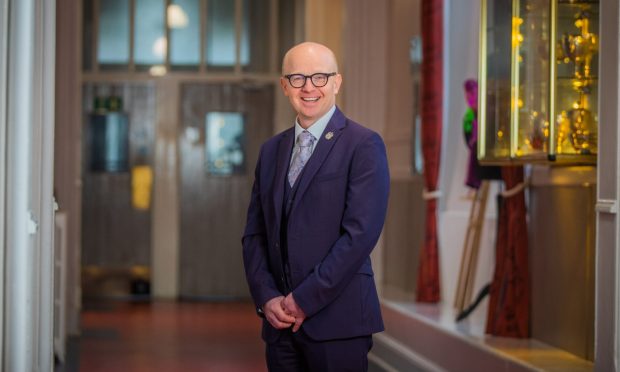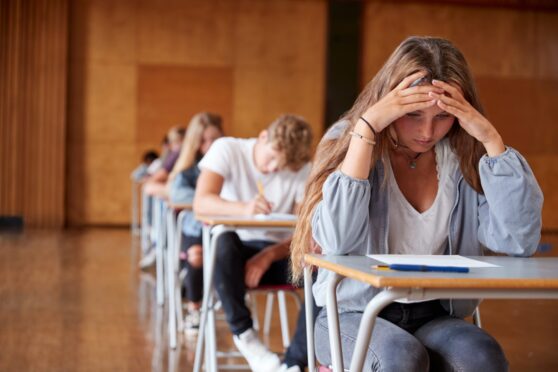The Scottish Government has published updated guidance designed to reduce the risks of Covid-19 in schools amid concern over the Omicron variant.
The guidance details how school staff may be exempt from self-isolation as critical workers and reintroduction of some measures that were previously relaxed.
Local authorities and schools, the government says, should implement the changes “as soon as they can” from the start of the January term.
How can teachers be exempt from self-isolation?
Current requirements are that household contacts of all cases should isolate for 10 days.
In order for school staff to be exempt from this, schools and local authorities must be able to demonstrate that:
- a school is impacted by staff shortages as a direct result of self-isolation requirements
- those staff shortages are in danger of putting essential functions and services at risk
- all other options to address pressures on operations have been exhausted
In the case of schools, this means “considering exemptions in order to avoid school buildings closing and avoiding moving to remote learning where possible”.
What other changes have been included in the guidance?
Key changes in the updated guidance also include:
- a strengthened approach to minimising contacts, primarily through the reintroduction of groupings where practical
- a strengthened approach to self-isolation for household contacts of positive cases
- tightened restrictions on school visitors, including a return to parent councils and other activities being precluded from operating on the school estate
- updated guidance on regular ventilation and CO2 monitoring
- measures aimed at increasing the uptake of regular asymptomatic testing
- an update to guidance on school visits and trips
- a requirement for schools and local authorities to provide essential support for particular groups, including vulnerable children and young people, in the event of temporary school closures at a local level
Changes reflect “threat presented by the rapid spread of Omicron”
Education Secretary Shirley-Anne Somerville said: “Throughout the pandemic, our priority has been to keep our children, young people and staff safe.
“These changes reflect the threat presented by the rapid spread of the Omicron variant, and they will be reviewed on an ongoing basis”.
